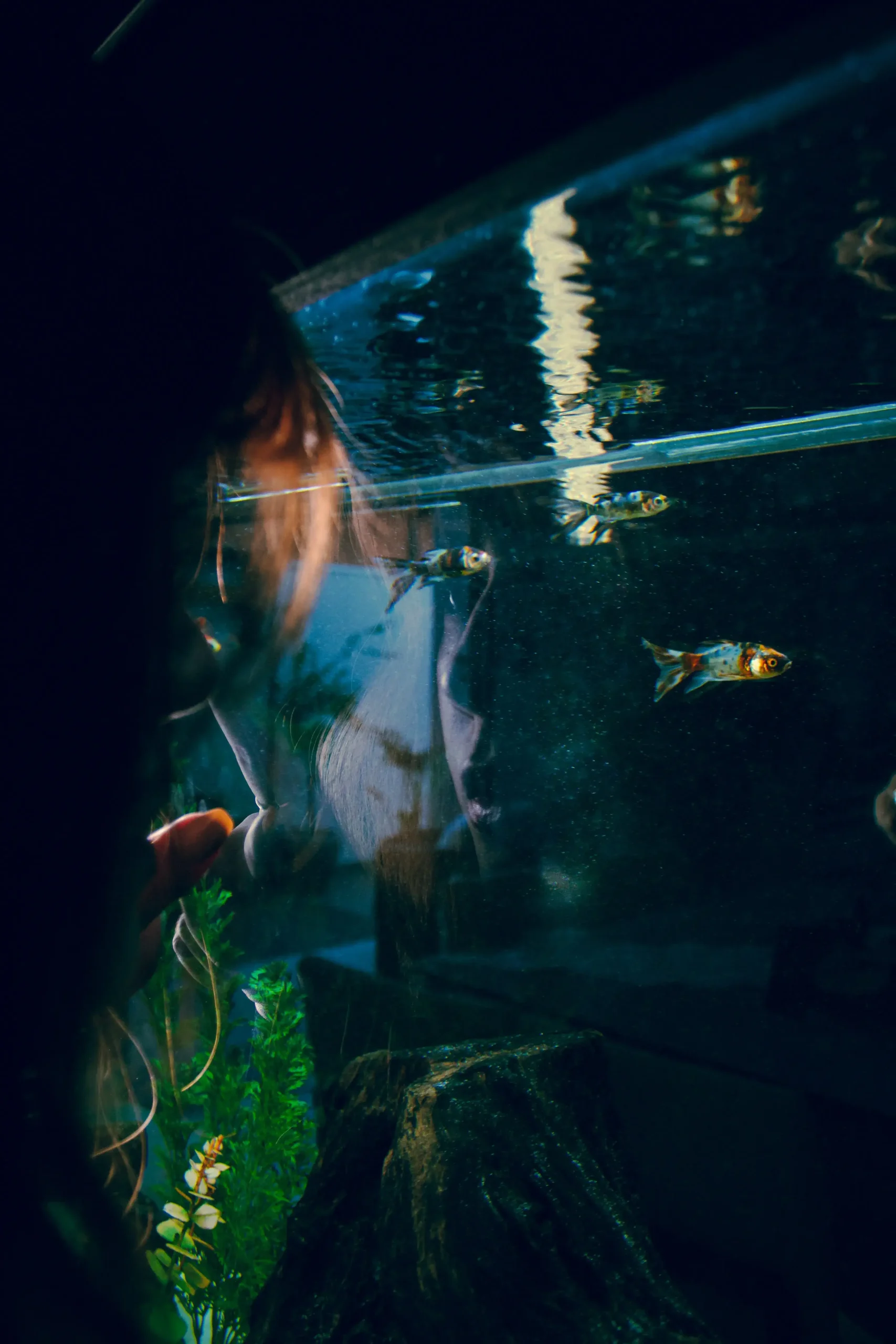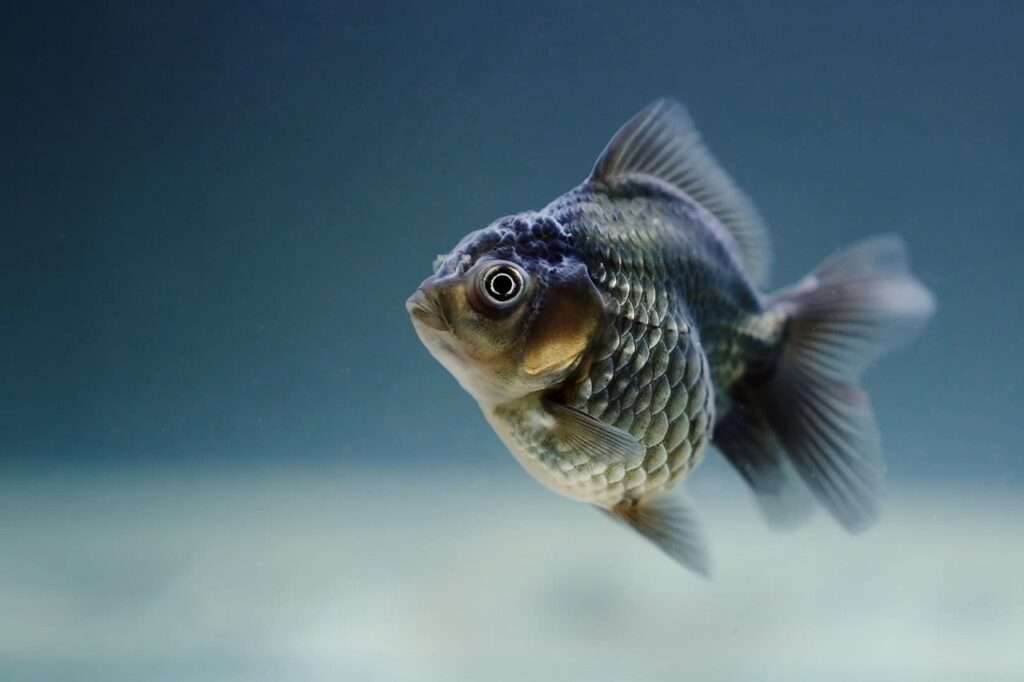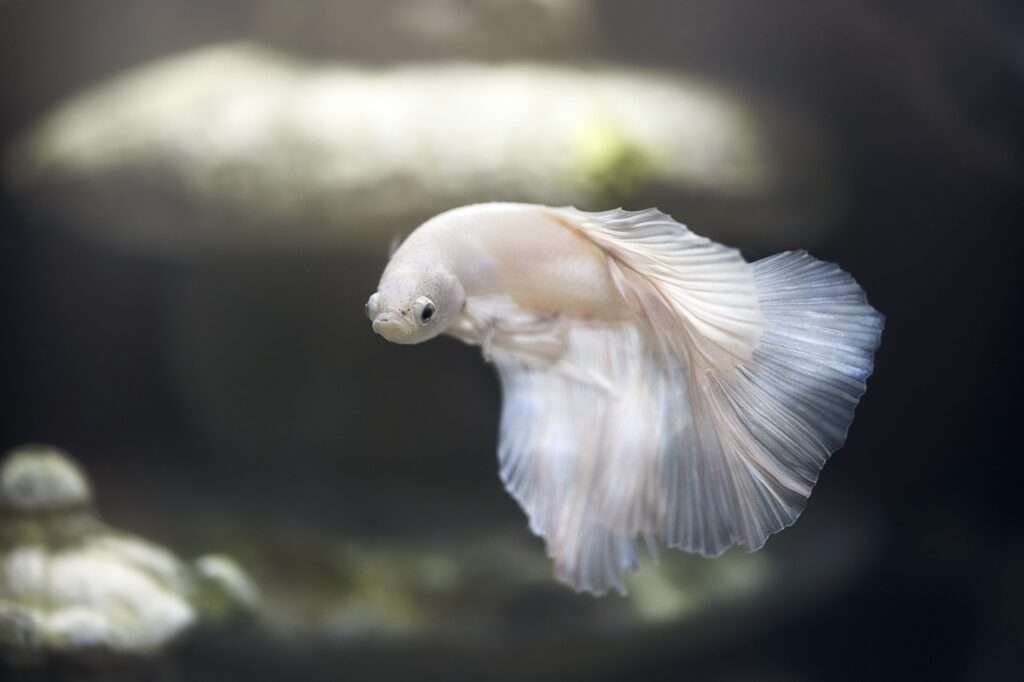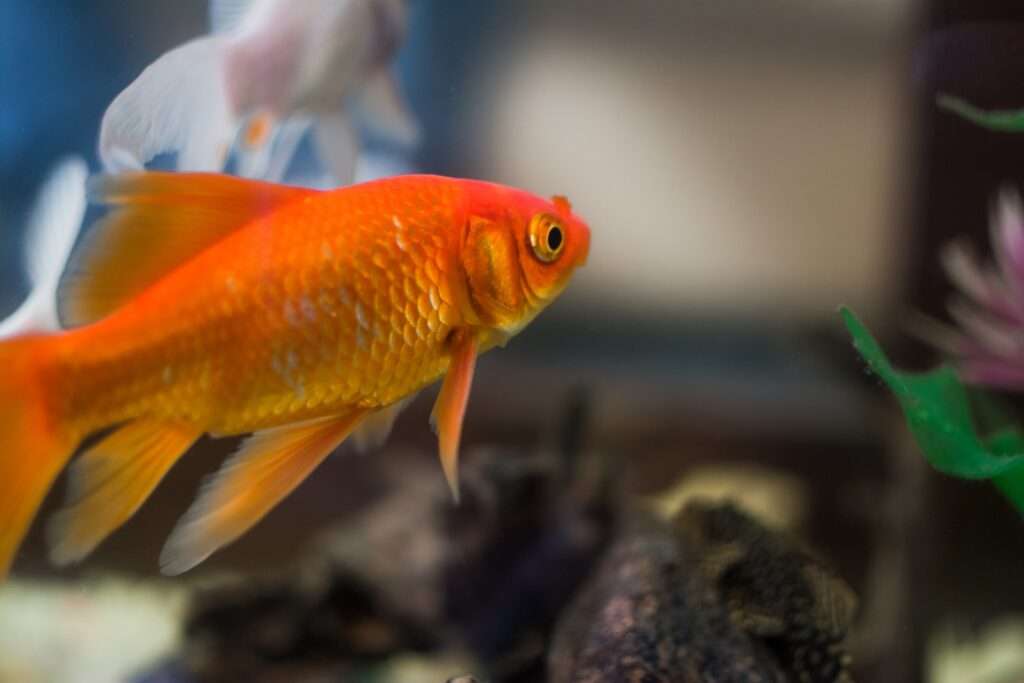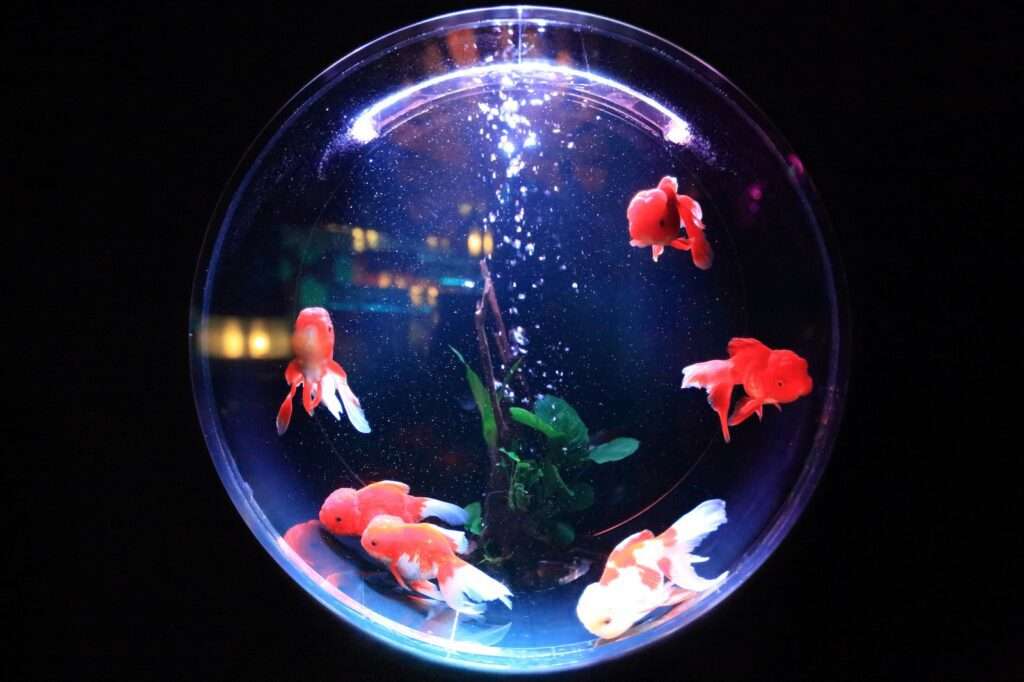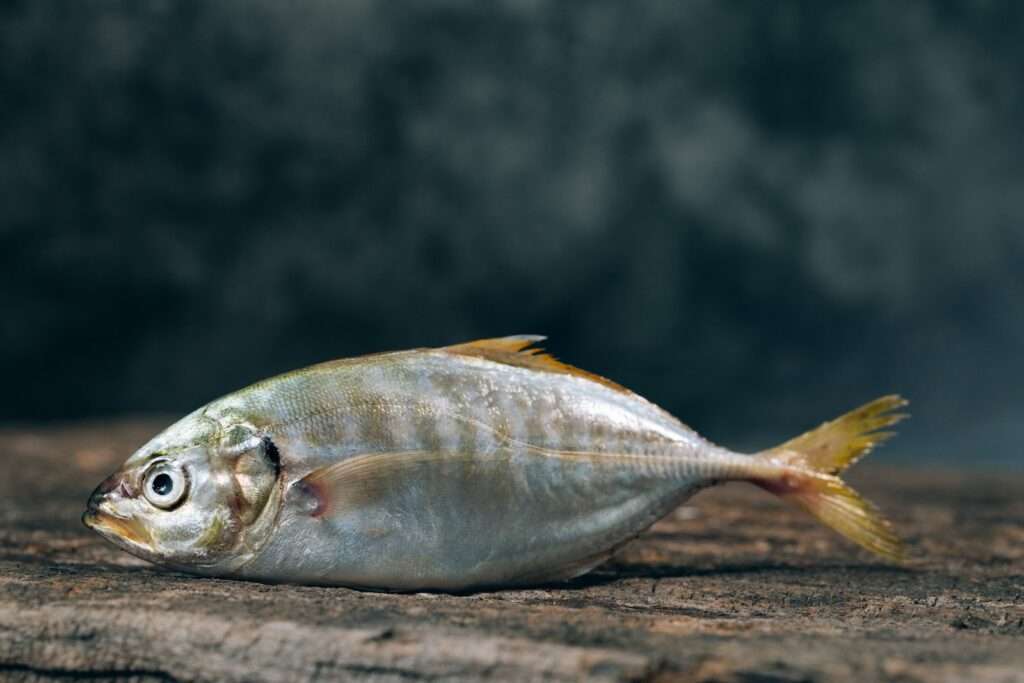Keeping fish as pets is a popular and rewarding hobby. However, fish tank parasites can pose a threat to the health and well-being of your aquatic companions. In this article, we will explore some of the most common fish tank parasites, their symptoms, and effective treatment methods. Additionally, we will address frequently asked questions to ensure you have a comprehensive understanding of this topic.
I. Identifying Common Fish Tank Parasites
A. Ichthyophthirius multifiliis (Ich)
B. Gyrodactylus
C. Dactylogyrus
D. Trichodina
E. Hexamita
II. Symptoms of Fish Tank Parasite Infections
A. White spots or patches on the fish’s body
B. Excessive scratching or rubbing against tank objects
C. Loss of appetite and weight
D. Fin deterioration or erosion
E. Abnormal swimming behavior or lethargy
III. Treating Fish Tank Parasite Infections
A. Quarantine infected fish
B. Raising water temperature
C. Medications and treatments
1. Copper-based medications
2. Formalin and malachite green treatments
3. Salt baths
4. Herbal remedies
IV. Preventing Future Parasite Infections
A. Maintaining a clean and balanced tank environment
B. Quarantining new fish before introducing them to the tank
C. Regularly monitoring water parameters
D. Avoiding overcrowding
FAQs:
Q1: Can fish tank parasites spread to humans?
A1: Most fish tank parasites are species-specific and cannot infect humans. However, certain parasites, such as Mycobacterium marinum, can cause skin infections in people. Proper hygiene and following recommended safety measures when handling aquarium water can prevent such risks.
Q2: How long does it take to treat fish tank parasites?
A2: The duration of treatment varies depending on the parasite and the severity of the infection. In some cases, treatment can last for a few days, while others may require several weeks. Follow the instructions provided with the chosen medication or seek advice from a knowledgeable aquarium expert.
Q3: Can fish tank parasites reoccur after treatment?
A3: While proper treatment usually eliminates parasites, reoccurrence is possible if the underlying conditions that allowed the initial infection are not addressed. Maintaining good tank hygiene, regular monitoring, and avoiding stressors can minimize the chances of reinfection.
Q4: Are there any natural remedies to treat fish tank parasites?
A4: Some fishkeepers prefer natural remedies, such as garlic extract or tea tree oil, to treat fish tank parasites. While these remedies may have some effectiveness, their use should be carefully researched and monitored. It is recommended to consult with an aquarium professional or veterinarian before using natural remedies.
Q5: Can stress weaken fish and make them more susceptible to parasites?
A5: Yes, stress can compromise a fish’s immune system, making them more susceptible to infections by weakening their natural defenses. It is essential to ensure a stress-free environment, proper nutrition, and appropriate tank conditions to keep your fish healthy and resilient against parasites.
Conclusion:
Understanding common fish tank parasites and how to treat them is vital for maintaining the health and well-being of your aquatic pets. By promptly identifying symptoms, implementing appropriate treatments, and preventing future infections, you can ensure a thriving and parasite-free aquarium. Remember to consult with experts and follow best practices to provide the optimal care for your fish.


